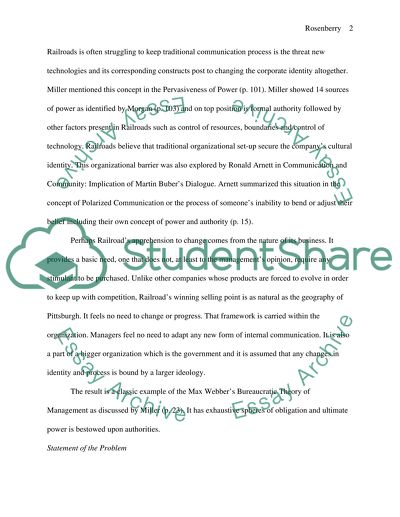Cite this document
(“Organizational Analysis Paper on Railroads of Pittsburgh Term”, n.d.)
Retrieved de https://studentshare.org/journalism-communication/1391307-organizational-analysis-paper-on-railroads-of-pittsburgh
Retrieved de https://studentshare.org/journalism-communication/1391307-organizational-analysis-paper-on-railroads-of-pittsburgh
(Organizational Analysis Paper on Railroads of Pittsburgh Term)
https://studentshare.org/journalism-communication/1391307-organizational-analysis-paper-on-railroads-of-pittsburgh.
https://studentshare.org/journalism-communication/1391307-organizational-analysis-paper-on-railroads-of-pittsburgh.
“Organizational Analysis Paper on Railroads of Pittsburgh Term”, n.d. https://studentshare.org/journalism-communication/1391307-organizational-analysis-paper-on-railroads-of-pittsburgh.


